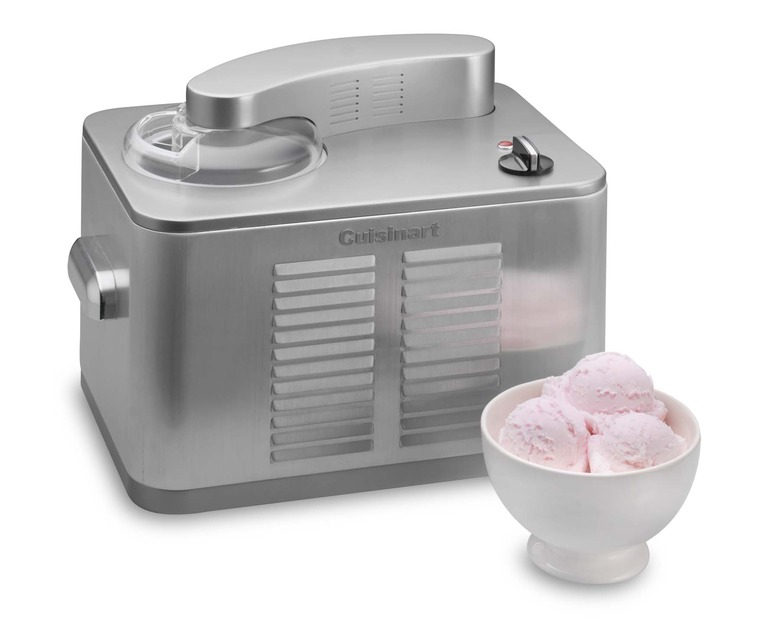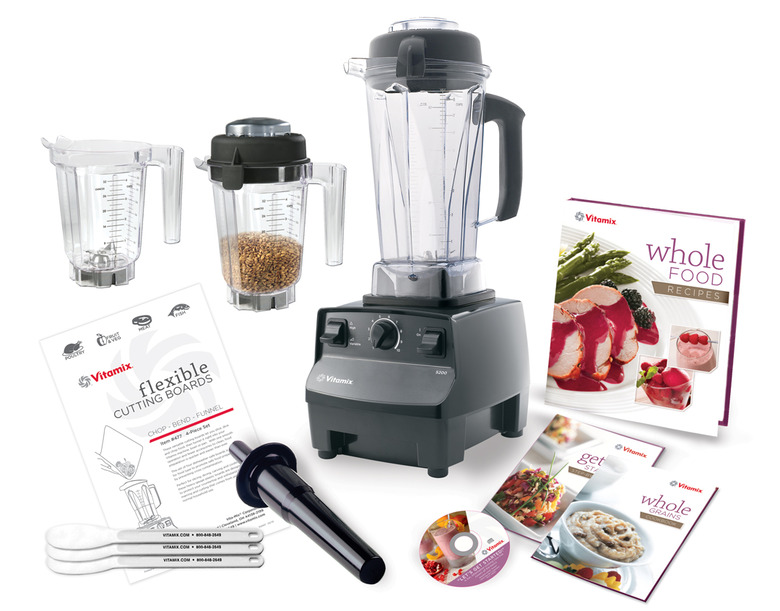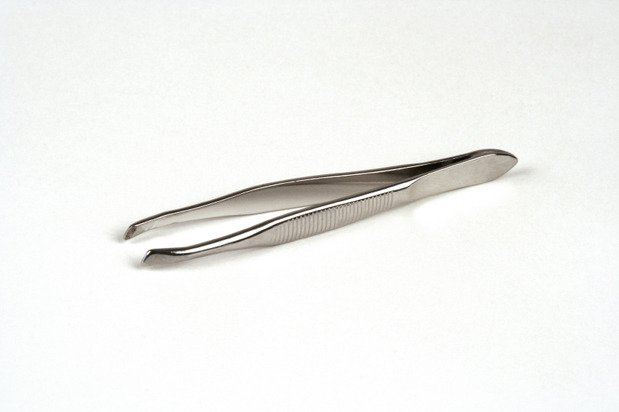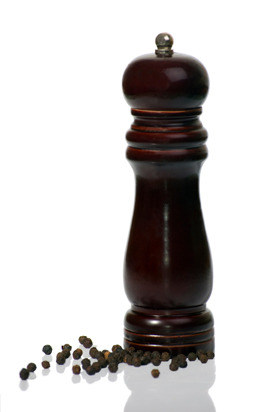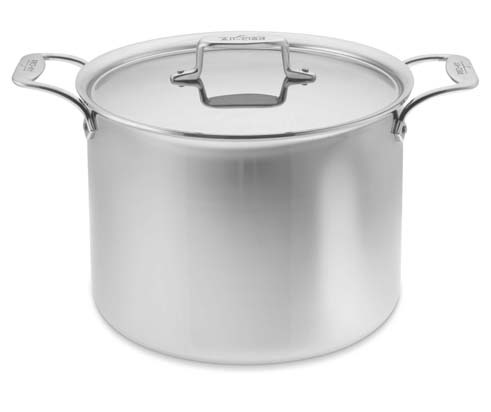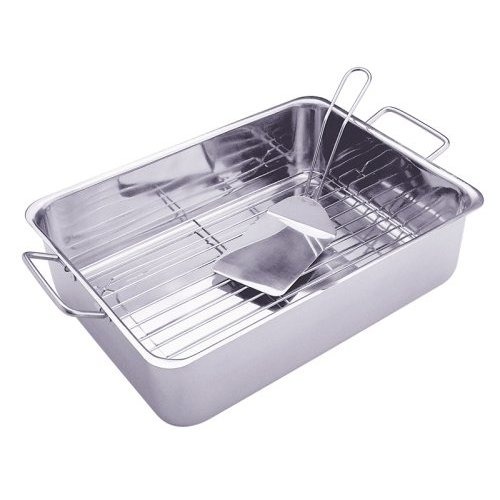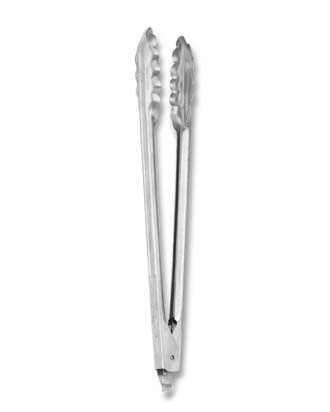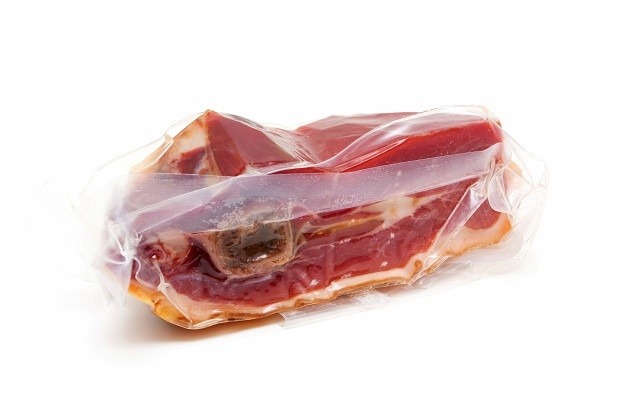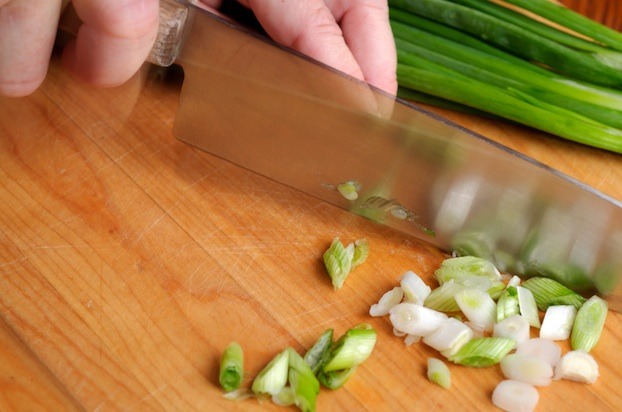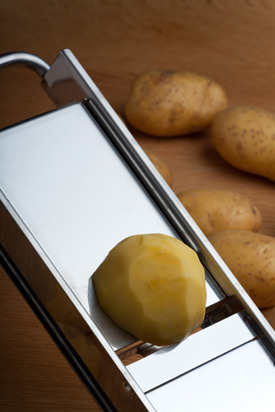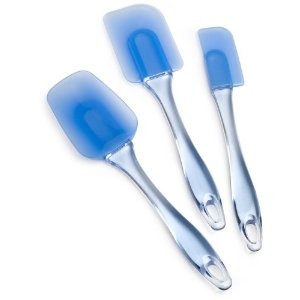Chef's 5 Favorite Kitchen Tools Gallery
I always say my two hands are the best cooking tool that I have. But everyone should have a cast-iron pan, one good Teflon pan, Microplane — I've been using mine a lot recently — and I really like heatproof spatulas. (Microplane pictured)
Jehangir Mehta, Mehtaphor, New York City
Silpat; Hobart brand equipment; Ice cream maker (pictured); Tea pot; People.
Phil Conlon, Columbus Tavern, New York City
Small offset spatula; Gray Kunz spoons; Cast-iron pans; Misono knife; Vita-Prep blender (the Vita-Mix, the version for the home cook, is pictured).
Shaun Hergatt, SHO, New York City
Circulator; Yanagi knife; Tweezers (pictured); Camera for photos; Brown soft cutting board.
Wade Burch, SouthWestNY, New York City
At work: Winston CVap oven; Robot Coupe Bermixer; Vita-Prep blender; Dell laptop; Blackberry
At home: Chef's knife; Peppermill (pictured); Fish spatula; Gray Kunz spoon; Cast-iron skillet
Tony Conte, The Oval Room, Washington, D.C.
Metal Cake Testers: Most people who've worked at Jean Georges use these. We used it there to test the doneness of meat and fish.
Pressure Cooker: I use an electric Cuisinart one that you just plug in (it doesn't go on the stove). I use it for everything at home and in the kitchen.
Vita-Prep Blender: This tool I use both at home and at work.
Knife: I use the Western-style Japanese knives, not German ones, and buy them from the store Korin in New York City.
Two 12-quart All-Clad Pots: These are pots that you can do a lot of things in. I make pasta every Sunday night at home. It was something my mother did that I hated, but now I do it. Every Sunday, these two pots come out, one for boiling water and the other for sauce, or whatever kind of pasta I'm making that day. (Pictured)
Craig Wallen, Spasso, New York City
Peeler (the $2.50 kind); Peppermill; Japanese chef's knife; Microplane; Gray Kunz spoon; Joyce Chen scissors (pictured).
(OK, there are 6 in here, but he couldn't decide which one to leave out.)
Jeff and Matt Nichols, Brothers' Restaurant at Mattei Tavern, Los Olivos, Calif.
"My logic here as a chef is to think about working like a chef." —Jeff Nichols
Pan #1: A large stock pot, as I cook my way through a day in the kitchen, I would start with the building blocks of cooking such as stocks. I would also use the large stock pot for making soups and blanching.
Pan #2: A roasting pan, I would need a heavy duty roasting pan for many reasons. The main reason would be for the obvious jobs of roasting. I would also be braising in this pan in the fall and in the winter months.
Pan(s) #3 & #4: Would be various sizes of sauté pans and sauce pans as there is always a certain sized pan for each task. The sauté pan is perhaps the workhorse of all pans. Working hard accomplishing many tasks in the kitchen. Sauce pans do a variety of tasks as well. Perhaps the most important is sauce making hence the name of the pan...
Pan #5: Sheet pans! For me, perhaps the most important sheet pan often comes with another name, cookie pan. Cookie pans filled with chocolate chip cookies are my favorite childhood snack.
"When investing in pans, buy the best. The best being well made usually of heavy duty quality. Purchasing a well-made pot or pan will last a cook's lifetime!"
Frank Ostini, The Hitching Post II, Buellton, Calif.
"Santa Maria Style" adjustable wood fired grill (and the Coast live oak that we burn in it): This is the only way I know how to cook, and the only reason people want to eat my food. (I use adjustable so we don't burn the food.)
Long Stainless Steel Tongs: My dad and brothers used and still use long forks. I don't want to puncture the food. Rule of (not burnt) thumb: Tongs must be longer than ½ the width of grill.
Basting Brush: China Bristle is a must (absorbs well, doesn't burn). The biggest grilling secret is to baste during or marinate before grilling. (You wouldn't sauté without butter or oil would you?)
(Notice the theme of the first three: DON'T BURN ourselves, the tools, or the food.)
Perforated Hotel Pan: This is so small stuff won't fall into the fire (and burn). With this you can cook almost anything over a wood fire! (Although I haven't yet figured out scrambled eggs.)
The Grill Rake: While we are busy grilling for as many as 300 guests a night, all different proteins and temperatures to order, you have to manage the fire too. And that's not turning up the gas (no gas in ours), it is adding more wood and arranging the logs with the rake (if you use your hands, guess what? You burn) to maximize the air flow and standardize the grill temperature.
Chris Kobayashi, Artisan, Paso Robles, Calif.
Lucky Spoon: A spoon that I've had since we opened the restaurant. I bent it on the first day of service — it was stuck in a drawer and we yanked it out it and it was bent in a perfectly ergonomic position. I use it to baste meats, braises, fish, etc.
Vacuum Sealer: Keeps things fresh, infuses flavor into products (pictured).
Pasta Roller: I make everything from wonton skins to egg noodle pasta to fondant with this.
Vita-Prep Blender: Purées soups and emulsifies sauces at high speed!
Bird's Beak Paring Knife: For peeling and prep work.
John Navarria, Tresanti Trattoria, New York City
The list is as follows in order from most important to least important. However the first two are tied as they wouldn't work without each other.
Chef's Knife: In 10 years of the industry, I've learned that though things can be done easier with other knives a chef's knife is the only one you actually need. Many French chefs would agree — I've witnessed many knife-talented chefs to prefer the use of a chef's knife v. a boning knife.
Industrial Grade Burner: 17,000 BTU or higher. You need to be able to utilize a high heat source for restaurant-quality sears and charring.
French Steel Pan: French steel pans are high-carbon cast steel, usually riveted handles. They possess a certain quality that makes them very desirable. They heat and cool very rapidly and can give the hardest sear in the least amount of time. Cleaning is minimal on a well-seasoned pan.
Convection Oven: Convection ovens have the ability to turn the fan off and on, allowing the oven to brulée or bake at your will.
Thermometer: In commercialized cooking you don't want anyone to get sick. And hitting that perfect temperature is often difficult with bone-in-meats and whole roasts. For instance a whole turkey roast would be very difficult to roast by "guesstimation."
Jesse Schenker, Recette, New York City
Microplane; Apple Corer; Peeler; Paring Knife; Mandoline (pictured).
Jonathon VanSleet, MexiQ Kitchen & Draught, Astoria, New York
Knife; Rubber spatula (pictured); Metal spatula; Tongs; Whisk.

